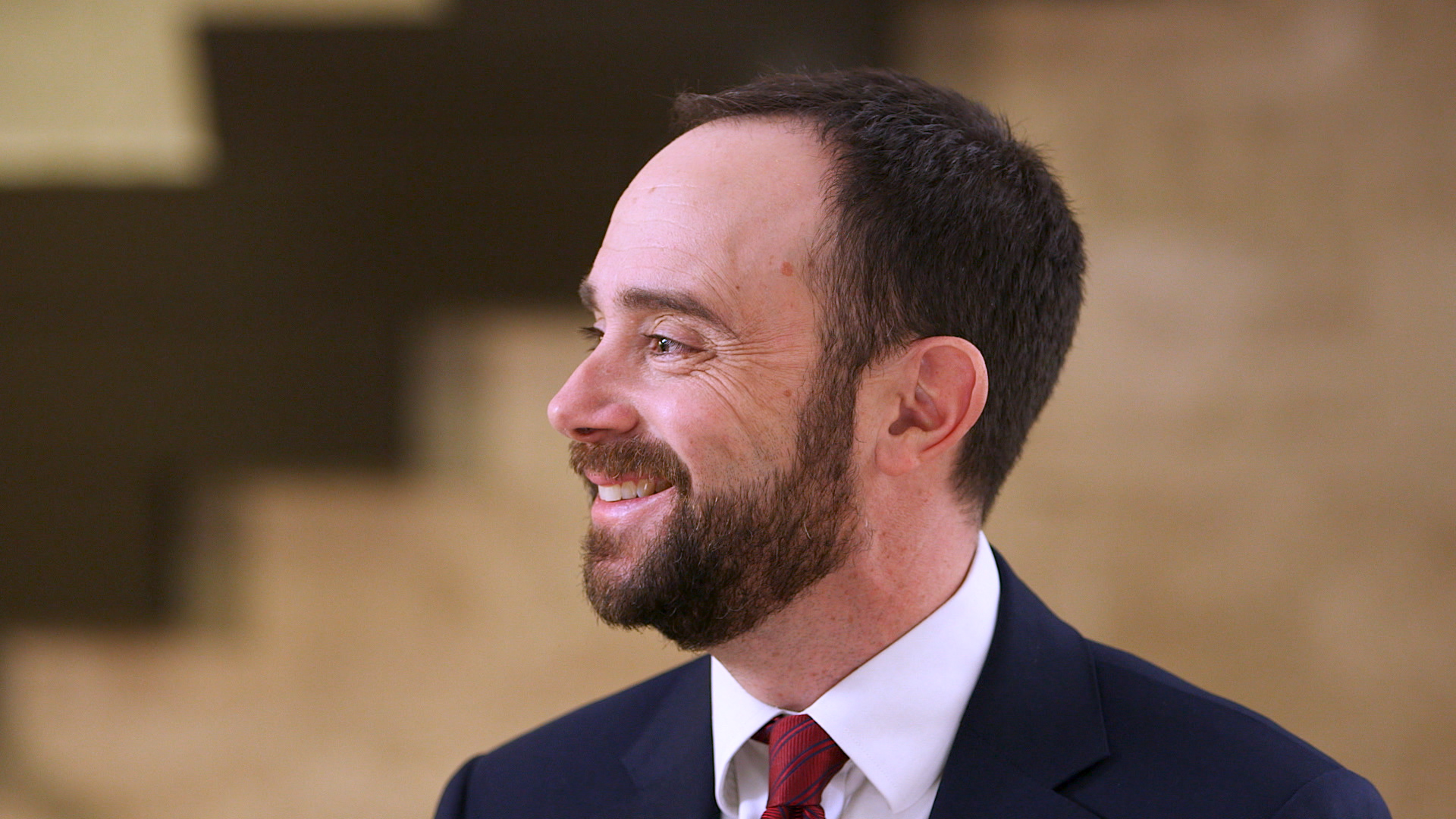by Scott DiMaggio, AllianceBernstein
Scott DiMaggio: Forty-nine central banks reduced rates last year. I think it’s very difficult for us to forecast forty-nine central banks reducing rates again in 2020.
However, the monetary stimulus should still be there. The Fed will keep things on hold, potentially reduce rates. The PBOC [People’s Bank of China] in China has acknowledged that they will reduce rates or at least stimulate further. The ECB [European Central Bank] is in the process of buying bonds. So, you’re right. We still have a monetary tail wind that should help, but it probably is waning.
And as that wanes, volatility probably does increase as we move through the year. And I think there are a number of markets—volatility markets—that are a bit complacent in their pricing. And any of these unintended spikes could lead to some pretty poor return outcomes.
Eric Winograd: It does seem more likely, to us at least, than not that central banks will continue to ease even if fewer do this year than they have in the past.
And when we look around at the places where that seems most likely to happen, it is largely emerging markets. It’s China, it’s Mexico, it’s places where there is still room for policymakers to ease in contrast to some of the countries in Europe where rates are already negative and there’s a limit to how much more we think central banks could do.
So, we do think that you’re likely to get more monetary policy support this year, just not as much as we got last year. And if the monetary policy support we’ve gotten over the last year or so isn’t sufficient, the question that I think we need to wrestle with is whether we will get fiscal support on top of that.
Will governments actively spend money to boost growth? And, certainly, in an election year in the US, the possibility of that outcome is something we can’t rule out. In Europe, there has for a long time been pressure on Germany to spend more money. With a new head of the ECB this year, we expect that pressure to continue.
Fiscal stimulus may need to pick up where monetary policy stimulus left off, if growth disappoints this year. And that’s a very uncertain sort of outcome. It is a political outcome—a political decision to spend money. Politics are necessarily difficult to forecast.
SD: I think your team’s done a great job over the past couple of years talking about the effectiveness of lower and lower interest rates. Eventually, you know, the stimulus that it will provide to the real economy runs out.
So, very much [of] what we saw last year was flat earnings [and] stock markets that rose to historic highs on the back of that monetary stimulus—somewhat on the back of that fiscal stimulus.
The question as we enter this year is: how much more can the monetary stimulus actually give us? As you’ve said, it can probably give us a little bit in the growth area, but not much. Will it matter to financial markets? It probably will short term, but longer term, we need to see that economic activity in order to support some of these valuations.
Scott DiMaggio is Co-Head of Fixed Income and Eric Winograd is a Senior Economist at AB.
The views expressed herein do not constitute research, investment advice or trade recommendations, do not necessarily represent the views of all AB portfolio-management teams and are subject to revision over time.
This post was first published at the official blog of AllianceBernstein..















